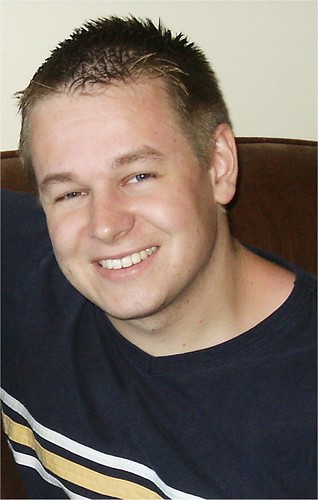Voter Fraud Analysis Update
There's a 30 minute documentary on the electronic voting equipment used in the election. This is a intro to a full-featured 90 minute documentary they will be releasing in the future.
UC Berkeley held a press conference today, releasing a study that states that Florida's election results are in serious question. The conducted a study performing multiple-regression analysis, and found that the odds of the results they found naturally occurring would be 1 in 1000 elections:
http://ucdata.berkeley.edu/new_web/VOTE2004/election04_WP.pdf
http://ucdata.berkeley.edu/new_web/VOTE2004/election04_Sum.pdf
http://www.moderateindependent.com/v2i22berkeley.htm
In North Carolina, they are most likely going to have a statewide re-election for agriculture commissioner. The race is divided by only 2000 votes. Several counties in the state used voting machines that could only record 3000 votes, which caused several thousand votes to be lost. The Vendor of the voting machines is blaming the operators of the machine -- supposedly, the machine had some kind of light on the machine that started blinking when it ran out of room. The election officials originally had a choice between several machine models, with maximum counts of 3,000, 5,000, and 10,000. They chose they 3,000 vote model to save money. Not a good idea...A statewide re-election could cost several million dollars. This story demonstrates gross incompetence on the part of all involved.
First of all -- what kind of unethical company would charge more money to increase the number of votes the machine can tabulate. It's not like there is any extra work involved. A single 32 bit integer could be used to store any integer within the range of 0 to 4.29 billion -- which is enough to the results for any election, short of a worldwide election. A 32 bit integer occupies 4 bytes. My $700 compute, with784 MB of RAM has enough memory to hold 196,000,000 simultaneous national presidential elections, and these people chose to cap their machine at 3,000 votes? What kind of amateurs are these people, and why are we not using a standard, open source platform for all election software?
In other news, Ralph Nader has requested a recount in New Hampshire, due to unexpected inconsistencies in the voting results. A statistical analysis performed by Ida Briggs, a software programmer from Michigan. The major anomalies were found in counties using Diebold voting machines. They will begin by hand-counting 11 counties chosen by Nader and Briggs which demonstrated large scale anomalies.
http://www.wired.com/news/evote/0,2645,65736,00.html
http://www.invisibleida.com/New_Hampshire.htm
David Cobb and Michael Badnarik have raised enough money to conduct a recount in the state of Ohio, which is the one state which could still overturn the results of the presidential election. They raised over $150,000, primarily in $10 and $50 donations.
http://www.votecobb.com



